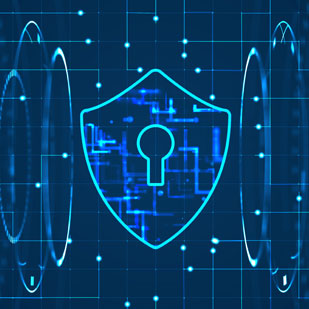LiDAR, which stands for Light Detection and Ranging, is a ranging device used to measure the distance to a given target. It operates much like sonar and radar. But, instead of using sound or radio waves, LiDAR employs ultraviolet, visible, or near-infrared light.
To determine the distance to a target or map an environment, LiDAR emits beams of laser light whose eventual return to the device’s sensors is interpreted by the processor. The resulting information, which includes length, height, depth, and the position of objects relative to those surrounding the LiDAR-equipped device, is used to create a 3D map of the immediate environment.
LiDAR systems often use a scan mirror, laser beam, or other means to map the environment. Using the data these methods provide, the host processor can determine the velocity of an object using either the Doppler technique or by very quickly taking a succession of measurements to assess the changing distance to the target.
Practical applications of LiDAR
Common uses for LiDAR range from enabling consumers to take better smartphone pictures to industrial uses, including construction and industrial design.
The ability to scan quickly makes this technology the ideal range-finding device for autonomous vehicles. LiDAR can rapidly ascertain the distance to objects and offers high directionality precision. Self-driving cars and other vehicles can direct probing beams at precise angles and scan quickly to create three-dimensional models.
The increasing adoption of augmented reality (AR) will further cement LiDAR as a superior ranging technology. Its high degree of accuracy makes the AR experience more realistic and enables better interaction with the user’s environment.
LiDAR in the near future
As this relatively new technology matures, both consumers and businesses will come to rely on it more than ever. The enhanced resolution offered by a laser-based detection system will help improve biometric security features like face recognition. The same goes for home healthcare, which will rely on LiDAR to help assess health issues and monitor patients.
One day soon, LiDAR may become as common a feature as today’s lithium batteries or handheld high-resolution displays. There’s no telling how useful it could become as technology evolves.





















